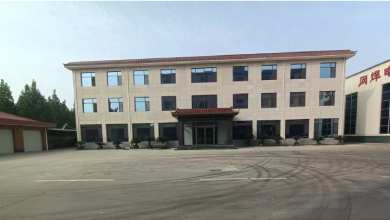Innovative Solutions for Stabilizing Structures with Advanced Rubble Netting Technology
The Importance of Rubble Netting in Modern Construction
Rubble netting, often referred to as rockfall netting or debris netting, has emerged as a vital innovation in modern construction and environmental management. This technique plays a pivotal role in stabilizing slopes, managing rock debris, and ensuring the safety and integrity of construction sites. As urban areas expand and civil engineering projects become increasingly complex, the application and importance of rubble netting cannot be overstated.
What is Rubble Netting?
Rubble netting is a protective measure designed to catch and contain falling rocks or debris. It consists of a mesh made from a variety of materials, including steel wire, synthetic fibers, or even specialized composite materials that are engineered for strength and durability. The nets are strategically installed on slopes, cliffs, or along roadsides, where the risk of rockfall is significant. They are designed to absorb the energy of falling debris, preventing rocks from causing damage to infrastructure or posing hazards to people below.
Applications in Construction
In the context of construction, rubble netting is invaluable for ensuring the stability of excavation sites and sloped terrains
. During the grading process or when working on foundations, earth movements can trigger landslides or rockfalls. By employing rubble netting, construction companies can significantly mitigate these risks. The nets act as barriers, containing debris within a controlled area and safeguarding workers, equipment, and nearby structures.rubble netting

Additionally, rubble netting is used in the construction of roads and highways that traverse mountainous regions. Here, the installation of netting systems helps protect traffic from falling rocks, providing an added layer of safety for drivers and passengers. In areas prone to seismic activity, rubble netting becomes even more critical, as the potential for landslides increases during earthquakes.
Environmental Impact
Beyond construction safety, rubble netting also plays a crucial role in environmental protection. Natural habitats are often disrupted during construction and mining activities, leading to the destabilization of surrounding terrain. The implementation of rubble netting reduces soil erosion and limits the impact on local ecosystems. By containing debris, these nets help to maintain the integrity of slopes and prevent pollution from sediment runoff, thereby safeguarding the surrounding environment.
Moreover, in areas where vegetation is sparse, rubble netting can aid in the re-establishment of plant life. By providing a framework that stabilizes soil, these nets can facilitate the growth of vegetation, which, in turn, contributes to the overall ecological balance of the area. This process not only enhances biodiversity but also aids in carbon sequestration, making rubble netting an essential consideration in sustainable construction practices.
Conclusion
In conclusion, rubble netting is an indispensable tool in the realm of construction and environmental management. Its ability to stabilize slopes, protect infrastructure, and preserve ecosystems highlights its multifaceted benefits. As we continue to confront the challenges of urbanization and climate change, the importance of such protective measures becomes ever more clear. Investing in rubble netting not only ensures the safety of construction projects but also promotes sustainable development practices that respect and protect our natural surroundings. As we move forward, integrating such innovative solutions will be key to building resilient infrastructures and fostering a harmonious relationship with our environment.
-
The Versatility of Stainless Steel Wire MeshNewsNov.01,2024
-
The Role and Types of Sun Shade SolutionsNewsNov.01,2024
-
Safeguard Your Space with Effective Bird Protection SolutionsNewsNov.01,2024
-
Protect Your Garden with Innovative Insect-Proof SolutionsNewsNov.01,2024
-
Innovative Solutions for Construction NeedsNewsNov.01,2024
-
Effective Bird Control Solutions for Every NeedNewsNov.01,2024












